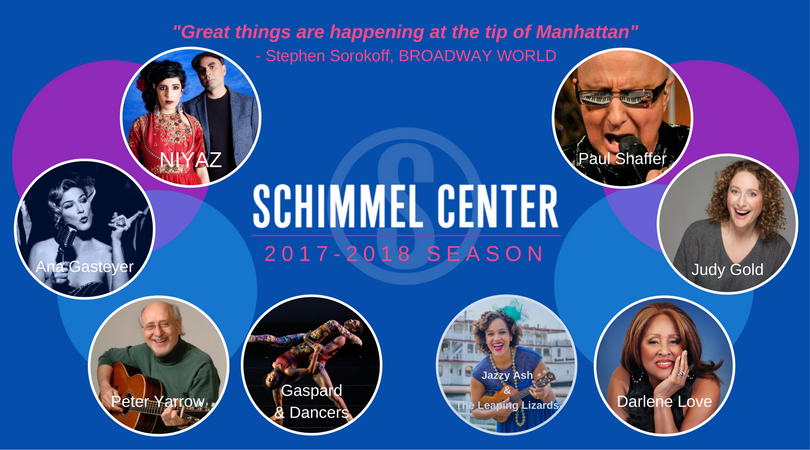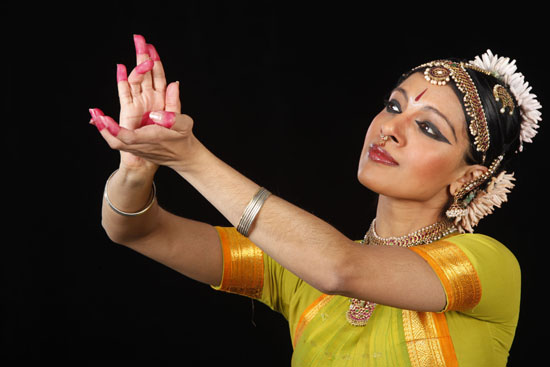The Poetry of Dance: Inside SANNIDHI (Sacred Space) with Aparna Ramaswamy
Continuing in our precedent of showcasing up and coming talent from around the globe, the Schimmel is pleased to welcome acclaimed Bharatanatyam dancer, Aparna Ramaswamy to its stage on Saturday, October 5th. The esteemed artist will bring us the US premiere of her work, Sannidhi (Sacred Space). In five sections, her new work will weave together music and movement, rhythm and lyric, spirit and emotion like a fine tapestry. Her art form “creates an invisible link between dancer, musicians and audience.” Although Ms. Ramaswamy is well studied in the art of Bharatanatayam dance (she is a protégé of the legendary artist Alamel Valli), she is an artist who wishes to use her classical upbringing as a medium to explore more universal themes. Her work becomes a dance for all audiences.
While it may be a mystical thing to watch, Bharatanatyam is not a medium that may be familiar to the lay New York culture seeker. Therefore I decided it was necessary to delve into the history of this classic Indian dance form. Bharatanatyam is the combination of three distinct principals; Bhava (Expression), Raga (Music) and Tala (Rhythm). The dance originated in the temples of Tamil Nadu which is a current day state of India.
Temple dancers known as the Devadasis, dedicated their lives to performing for the Hindu deities. For centuries this ancient dance stayed in the temples only to be seen within the glorious carved walls. Occasionally, during the middle ages, nobility would bring these dancers to their palaces to dance for them and changed the dance from one of devotion to the gods to mere entertainment. A new class of dancers, known as the Rajanarthakis, was born. The Rajanarthakis entertained with their dances but the Devadasis offered up their souls to the gods.
It wasn’t until the 1930’s that some of the elite class of India would express interest in learning the temple dances and start to hand down that heritage as part of their own cultural development. The development of the dance form itself has caused a certain controversy. Some Indian dance historians have seen it as a “way for some women to appropriate the customs and practices of the Devadasis while disassociating themselves with other aspects of the contemporary Devadasis’ practices.” Women and men can now learn this dance form in local and commercial institutions all around the globe. What was once a dance only to be seen by the temple gods, now is a cultural art form to be expressed for the masses.
Bharatanatyam is a vital art medium that displays all the pillars of dance. It is dramatic. It is musical and rhythmic. It brings forth emotion from both dancer and audience. It reveres the gods. It is community in its richest and fullest form. The gestures and movements of the dancer not only tell an old story, they recite a poetry that only she can write. Come to the Schimmel and experience with us as another artist places her hand on yet another turning point of this beautiful medium.
Please enjoy the video below of Aparna Ramaswamy to learn more about her fascinating art.
[youtube=https://www.youtube.com/watch?v=3LiN_6yLMl8]
For tickets, visit schimmel.pace.edu or call (212) 346-1715
See You at the Schimmel!
Michael Torbet


